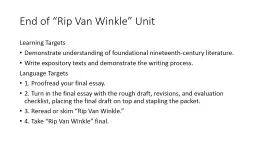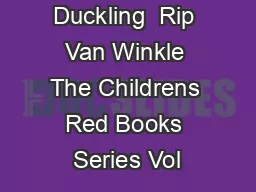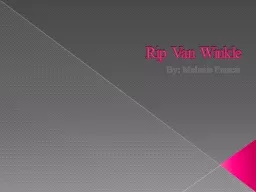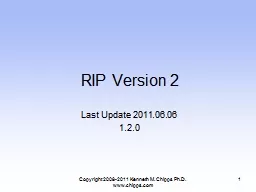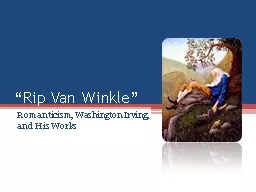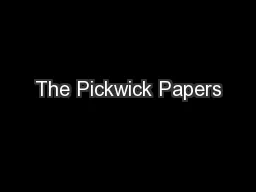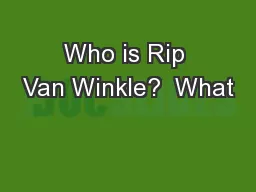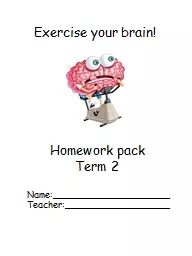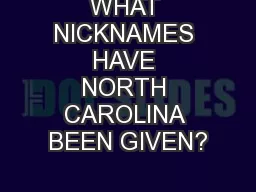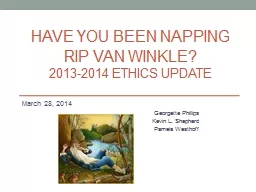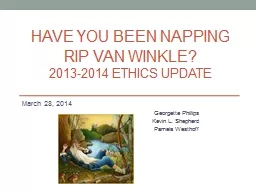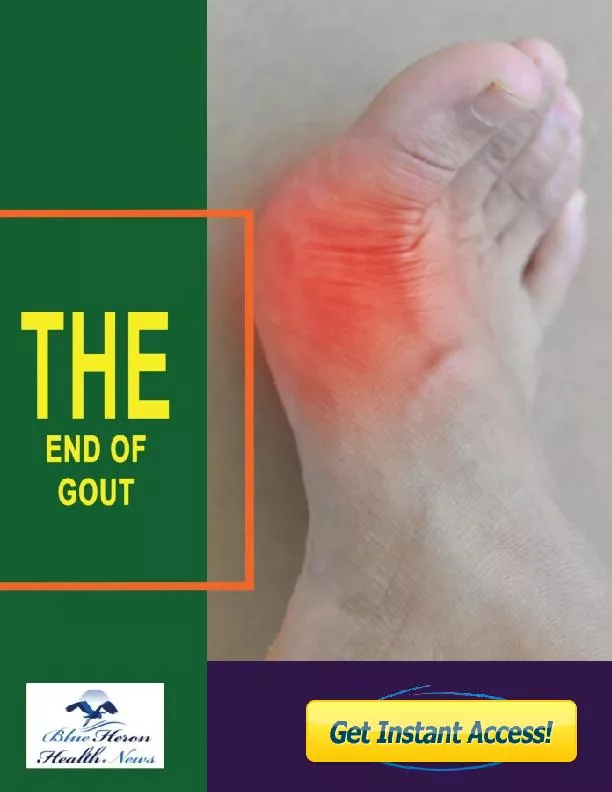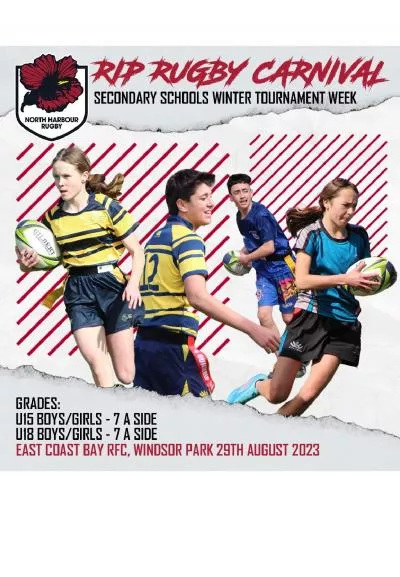PPT-End of “Rip Van Winkle” Unit
Author : karlyn-bohler | Published Date : 2016-08-02
Learning Targets Demonstrate understanding of foundational nineteenthcentury literature Write expository texts and demonstrate the writing process Language Targets
Presentation Embed Code
Download Presentation
Download Presentation The PPT/PDF document "End of “Rip Van Winkle” Unit" is the property of its rightful owner. Permission is granted to download and print the materials on this website for personal, non-commercial use only, and to display it on your personal computer provided you do not modify the materials and that you retain all copyright notices contained in the materials. By downloading content from our website, you accept the terms of this agreement.
End of “Rip Van Winkle” Unit: Transcript
Download Rules Of Document
"End of “Rip Van Winkle” Unit"The content belongs to its owner. You may download and print it for personal use, without modification, and keep all copyright notices. By downloading, you agree to these terms.
Related Documents

